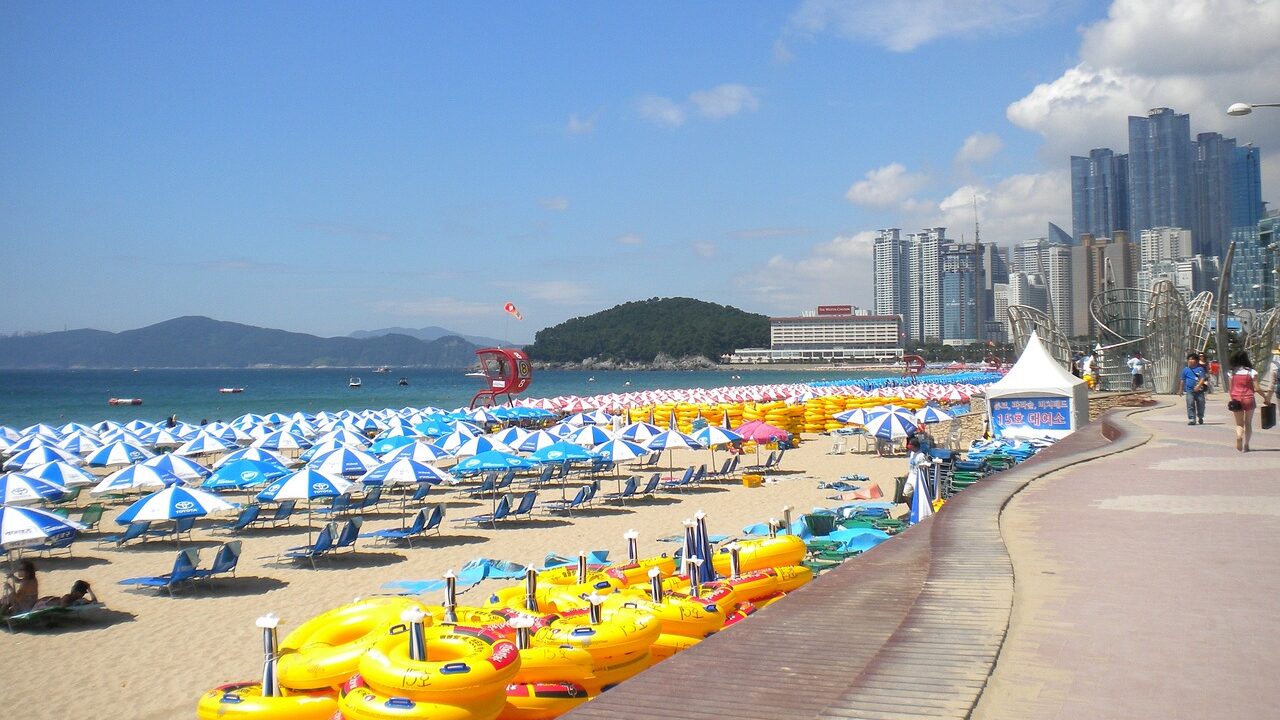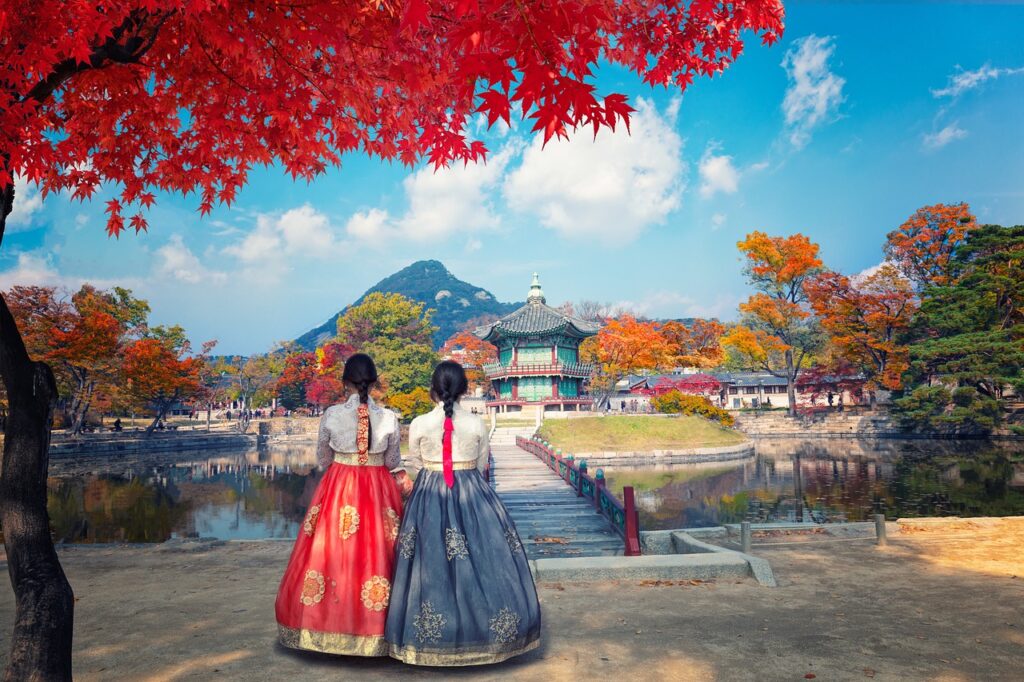Nature’s Symphony of four distinct seasons and Seasonal Anniversary.
South Korea is a country blessed with a mesmerizing symphony of four distinct seasons. Each weaving its own magical charm into the fabric of Korean culture.
From the vibrant blossoms of spring to the colorful foliage of autumn, the ever-changing landscapes create a dynamic and captivating environment.
In this post, we’ll take you on a journey through the four seasons in South Korea. Explore the cultural significance and unique experiences associated with each season.
1. Spring – A Time of Rebirth and Festivity
As winter bids farewell, South Korea awakens to the vibrant hues of spring.
Flowers are drawing locals and tourists alike to witness the blooming trees that adorn the nation’s parks and streets.

The Lunar New Year celebration is called “Seollal” in Korea. Families gather in their hometown and share traditional meals to celebrate new year.
2. Summer – Lively Energy and Festival

Summer in South Korea brings a dynamic energy, with lively festivals and cultural events filling the calendar.
Beaches along the coasts become playgrounds for water sports enthusiasts, while the bustling city streets thrive with vibrant nightlife.
Moreover, “Dano” is a traditional festival held on the fifth day of the fifth lunar month. It offers captivating rituals and performances that celebrate the triumph of light over darkness.
3. Autumn – A Symphony of Colour and Reflection
The arrival of autumn transforms the landscapes into a breathtaking canvas of red, orange, and gold.

South Korea’s national parks, such as Seoraksan and Naejangsan, become prime destinations for “fall foliage” enthusiasts seeking to witness the magical transformation of the forests.
The “Chuseok” festival, also known as the Korean Thanksgiving, takes center stage during this season. Families gather in their hometown and pay respect at ancestral gravesites. They also enjoy traditional delicacies like “songpyeon,” a type of rice cake.
4. Winter – Embracing Tradition and Winter Delights

Winter in South Korea paints a picture of enchantment, especially in the snowy regions.
Some of winter festivals offers a unique experience of ice fishing, skating on the frozen river.
“Dongji,” the winter solstice, holds cultural significance as families come together to share a warm bowl of “patjuk”. It is a red bean porridge that symbolises good luck and the hope for an abundant year ahead.
South Korea’s four seasons are more than just natural occurrences. They are intricately woven into the country’s rich cultural tapestry.
Each season offers a unique opportunity to celebrate traditions, connect with nature, and experience the vibrant spirit of the Korean people.
The distinct beauty of each season will leave you with cherished memories and a profound understanding of South Korea’s cultural heritage.
